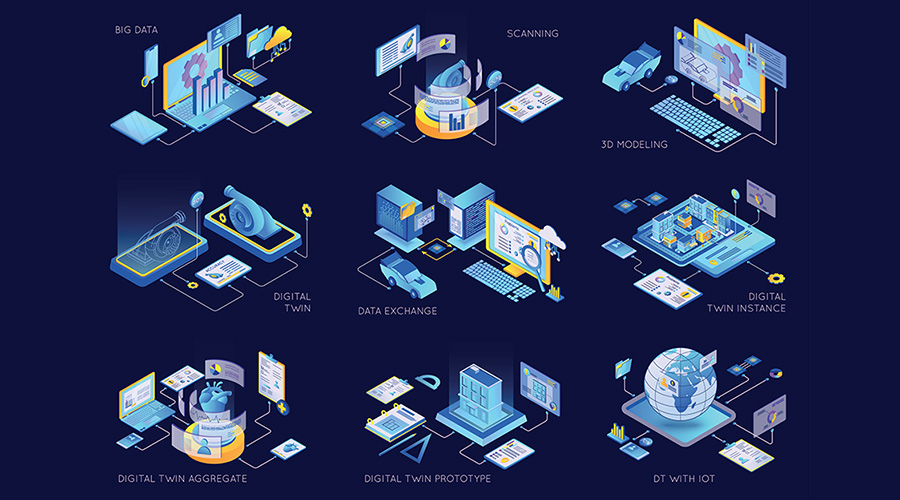The Benefits and Challenges of Wireless CMMS
Wireless technology is changing maintenance and engineering management. Hospitals, universities, school districts and other institutional and commercial facilities nationwide are seeing the benefits of mobile, wireless technology related to computerized maintenance management systems (CMMS).
The challenge for managers is developing a comprehensive implementation strategy for wireless CMMS that addresses issues that too often undermine the organization's investment in the technology.
Benefits and Challenges
Using hand-held devices and wireless technology can create greater efficiency. Technicians get more work done because they do not have to leave the field to close or receive orders, and managers can work more effectively because they have real-time data and can communicate with their technicians. These benefits all translate into cost savings for the organization.
Despite the benefits, mobile technology comes with challenges. Managers looking to implement or upgrade a wireless CMMS application must identify the specific challenges that come with introducing this technology into a department's daily workflow and devise solutions for those problems.
Technicians who comprise work crews possess varying degrees of experience, computer literacy, and capability. They also must maintain an array of operations within facilities, such as HVAC, electrical, and plumbing systems, as well as perform general maintenance. With so many elements to accommodate, several challenges present themselves over the lifespan of a mobile application.
The implementation strategy for a wireless CMMS application must address several major hurdles to deliver benefits to the department and the organization.
Related Topics:















